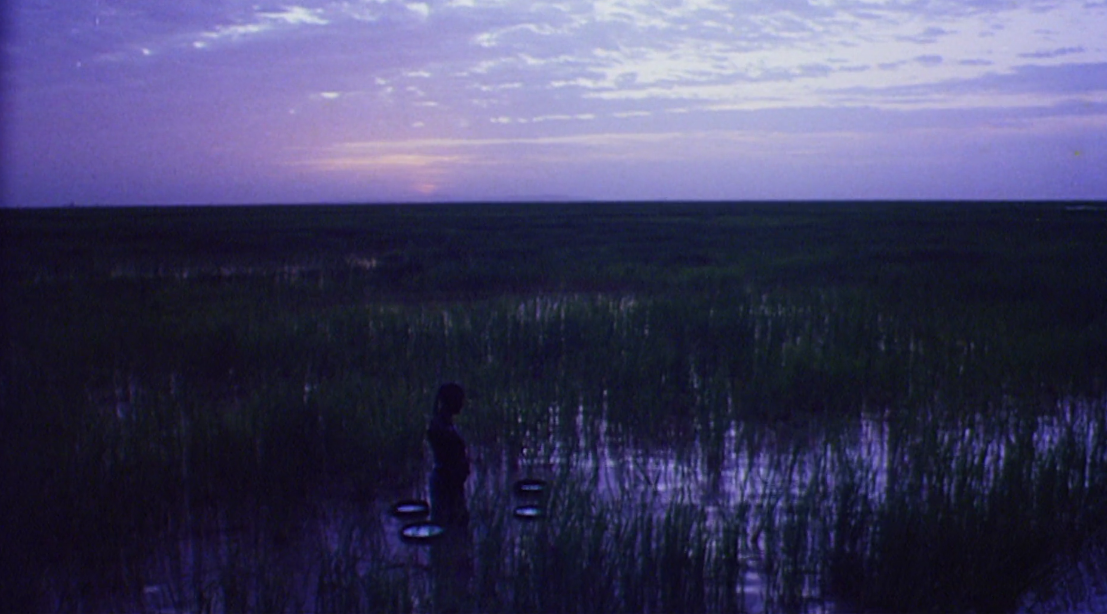Yeelen (1987, Souleymane Cissé)
Operating within the realm of fantasy, but stripped of its pageantry and orchestration, Yeelen aligns the mystical and practical, manifesting hallowed earth and sacred talisman from radiant stones and whittled staffs of wood. Its magic is conjured solely through prayer and spat saliva, evincing the profound power of myth and philosophy through the symbiotic relationship between animal, habitat, and divine providence. Though the colloquial nature of its narrative is barely illuminated by an introductory key, it perceives common ground at the core of the family dynamic, bridging geographical and cultural gaps through shared experience and resplendent visions of irrefutable beauty.
Awakening the heavens with a sacrificial pyre as bright as the sun, Soma (Niamanto Sanogo) provokes the Goddess Mari to ferret out his prodigal heir, employing the embezzlement of ancestral sorcery as his motivation for retribution. A “magic pylon,” sculpted from branches and shaped like a battering ram, drags his servants towards the fleeing Nianankoro (Issiaka Kane), refusing to waver in its path, as if beckoned by an unseen magnet. No special effects are used to elaborate on this totem’s supernatural power, but its magnitude blossoms in the mind of the viewer as the film progresses, nurtured by the reverence of the performers towards the inanimate object and the personifying eye of the camera.
Treating this metaphor as a recurring theme, Souleymane Cissé gently mocks the inadequacies of humanity through both animal and terrain, injecting obstacles and enlightenment into our protagonist’s allegorical exodus by way of lucid dream. As the sparse, synthesized pulse of the score reflects the cracked, parched savanna, Nianankoro envisions the adversity lying ahead in the shape of a snickering jackal, each spiteful whimper amplified by the surreal posturing of a man painted to resemble the scavenger. Incantations even repurpose the beasts of Nianankoro’s imagination into agents of terror, summoning conflict from the disembodied leg bone of a calf and blankets of fire from a belligerent swarm of bees. The scorched sand is even given its own, fragile voice, bellowing out in an inorganic shriek of pain and sonic dissonance, acting as an exaggerated spoof of man’s indecipherable howls of fear.
The folly of humanity’s violence, as embodied by father and son and represented by fauna and flora, is humbled before the culmination of Mari’s power, discharged as a blinding beam of light from the gemstone on Soma’s pylon. Its sanctity is paralleled by delicate tracking glides and gentle camera zooms, transforming the breadth of the space into intimate portraiture, creating a lunar exoticism from milky pools of water and solitary, knotty trees. By personalizing folklore and likening the divine to the corporeal, Souleymane Cissé transformed heritage into something tangible and quixotic, separate from the destruction caused by hate and power, but intrinsic to man’s journey and fallibility.
Yeelen (Cissé Films, 1987)
Written and Directed by Souleymane Cissé
Photographed by Jean-Noël Ferragut and Jean-Michel Humeau

